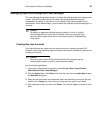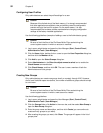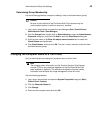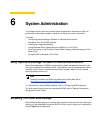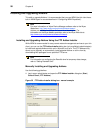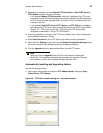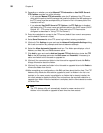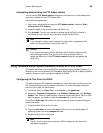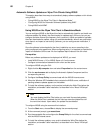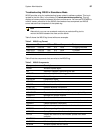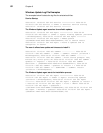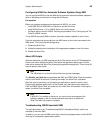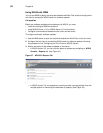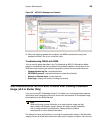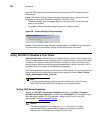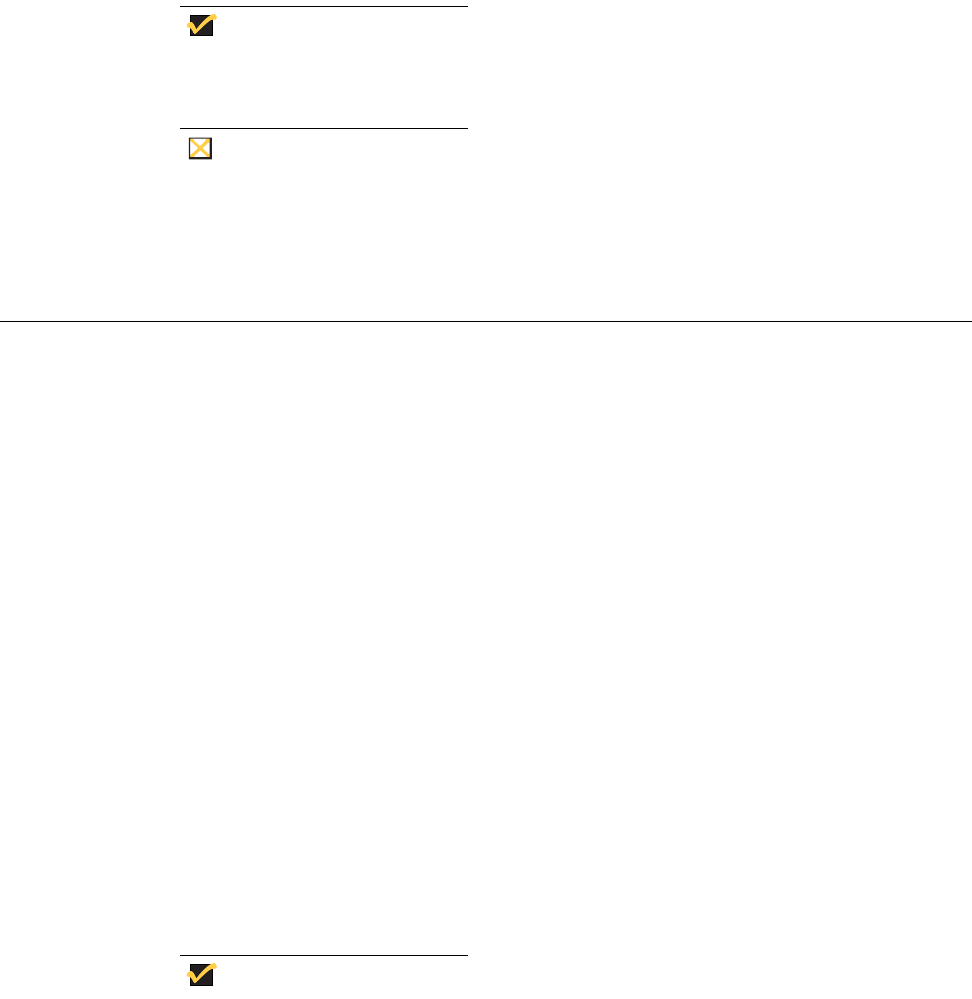
System Administration 59
Uninstalling Addons Using the FTP Addon Installer
You can use the FTP Addon Installer dialog box to uninstall the thin client Addons that
have been installed with the FTP Addons utility.
Use the following guidelines:
1. Log-in as an administrator and open the FTP Addon Installer dialog box (Start |
Control Panel | FTP Addons).
2. Select the Addon to be uninstalled from the Addon List.
3. Click Uninstall. The thin client reboots to disable the Write Filter, the Addon is
uninstalled, and then the thin client reboots to enable the Write Filter.
Note
If you uninstall an Addon that is included in the Auto add-on upgrade list, that
Addon will be automatically removed from the list.
Caution
If you remove an Addon using the Windows Add or Remove Programs utility
after disabling the Write Filter, the thin client must be rebooted once to
update the Addon List in the FTP Addon Installer dialog box and enable the
Write Filter.
Using Windows Server Update Services (WSUS) on a Thin Client
This section describes how to use WSUS to automatically deploy software updates on a
Wyse thin client running Windows XP Embedded. Before using WSUS to deploy software
updates, the server must be properly configured for WSUS.
Configuring the Thin Client for WSUS
The default Windows XP Embedded installation on a thin client does not allow users who
are not administrators to receive update notifications. To check the update notification
status on a thin client, do the following:
1. On the thin client, click Start | Run. In the Run box, enter gpedit.msc.
2. Navigate to Computer Configuration, then Windows Components, then Windows
Update. If the “Allow non-administrators to receive update notifications” option or GPO
does not appear, you need to modify the wuau.adm file on the thin client.
To modify the wuau.adm file to allow non-administrators to receive update notifications,
follow these steps:
1. Disable the Write Filter on the thin client.
2. Copy the wuau.adm file from the Windows 2003 server or from the Windows XP
operating system into the c:\windows\inf folder.
3. Enable the Write Filter on the client.
Note
The thin client must be part of a group or GPO configured on the server that
distributes the updates.



